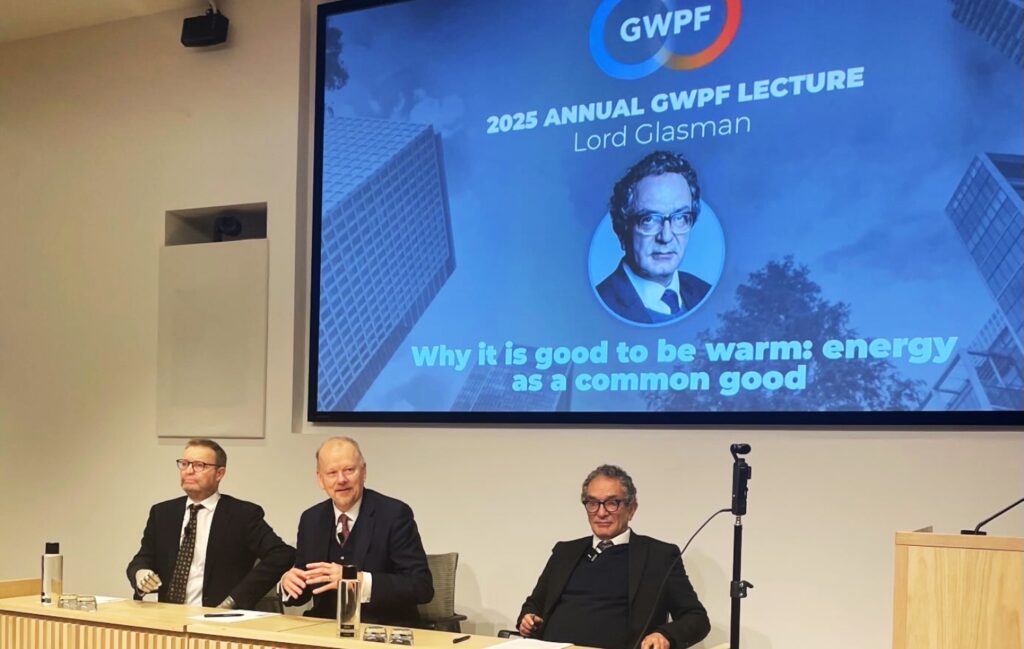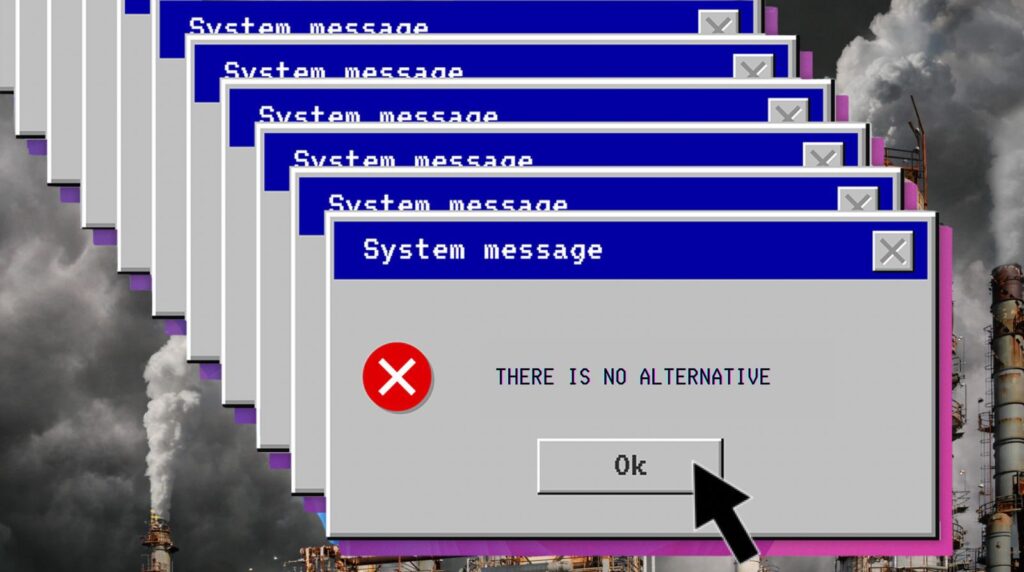For the fracking industry, 2012 is off to a shaky start…literally. On New Year’s Eve 2011, a 4.0 magnitude earthquake was recorded in Ohio, one of the largest fracking-related quakes to date. According to reports, the quake was felt across hundreds of square miles in the state of Ohio, and scientists suspect it is related to hydraulic fracturing wastewater disposal near Youngstown, Ohio.
The New Year’s Eve quake is just the latest in a growing list of fracking-related earthquakes that have made headlines in the last 12 months. From DeSmogBlog’s Year In Dirty Energy: Fracking report:
New reports are surfacing that link fracking to earthquakes that occurred in January in Oklahoma. According to a new study by the Oklahoma Geological Survey [PDF], fracking is linked to 50 mini-earthquakes that occurred on January 18, 2011 in Oklahoma.
The occurrence of so-called “induced seismicity” – seismic activity caused by human actions – in conjunction with fluid injection or extraction operations is a well-documented phenomenon. However, induced earthquakes large enough to be felt at the surface have typically been associated with large scale injection or withdrawal of fluids, such as water injection wells, geothermal energy production, and oil and gas production. It was generally thought that the risk of inducing large earthquakes through hydraulic fracturing was very low, because of the comparatively small volumes of fluid injected and relatively short time-frame over which it occurs. As the controversy over hydraulic fracturing has heated up, however, researchers and the public have become increasingly interested in the potential for fracking to cause large earthquakes.
But this is hardly a new phenomenon. Studies show that fracking practices in the 1970s had caused similar seismic activity in Oklahoma, according to E&E News.
But the most recent Ohio quake has generated a more-urgent cause for concern than the previous quakes. As The Huffington Post points out:
Earthquakes have a special ability to grab public attention.
That’s especially true after Saturday’s quake near Youngstown, at magnitude 4.0 strong enough to be felt across hundreds of square miles. Gov. John Kasich, a drilling proponent, has shut down the wastewater well on which the quake has been blamed, along with others in the area, as the seismic activity is reviewed.
Ohio’s closure of the well will have little to no impact on drilling, said Travis Windle, a spokesman for the Marcellus Shale Coalition, an industry group based in Pennsylvania. Four of the five wells that Ohio shut down were not operational, Windle said.
Kasich told reporters over the weekend that he doesn’t believe the energy industry should be blamed for issues arising from disposal of their byproducts (fracking). That would be like blaming the auto industry for improper disposal of old tires, the first-term Republican said.
But Kasich’s actions in this matter speak louder than his words. Sure, he claims that we can’t blame the dirty energy industry, but in the same breath he announces that he’s halting fracking activities in the area until further review. These aren’t the actions of a man who believes that the two events aren’t related.
Kasich has been a long-time supporter of fracking, claiming in January of last year that he would be pushing for more hydraulic fracturing in Ohio because he thinks it will create jobs, and that it would be a “great opportunity” for the state. And just 2 months ago, Kasich announced that he would be opening up federal lands in Ohio to natural gas companies to drill. His proposal included allowing fracking to take place in the state’s national parks, something that 70% of his constituents opposed. The United States Forest Service stepped in an removed 3,000 acres of public land from Kasich’s proposal.
As is always the case, you have to follow the money on Kasich’s fracking push. Kasich has received more than $150,000 from the oil and gas industries, as well as an additional $489,000 from the energy industry (not oil and gas-related companies.) Truth-Out provides the following analysis of the gas industry’s lobbying efforts in Ohio over the years:
The fracking industry, on the other hand, has spent $747 million dollars in the past decade to lobby Congress and support politicians in states like Ohio, Michigan and New York as part of a campaign to keep fracking unregulated, according to a recent Common Cause report.
Common Cause reports that fracking companies spent $2.8 million in political contributions to Ohio parties and candidates since 2001. Republican Gov. John Kasich tops the list and has received $213,519 in campaign contributions from the industry.
Additional analysis of campaign records by Truthout reveals that wealthy executives of companies connected to the natural gas industry, including billionaires William “Bill” Koch and David Koch of Koch brothers fame, funneled an additional $127,268 in personal donations through a political action committee (PAC) to support Kasich’s election in 2010.
Kasich is not the only Ohio politician who has enjoyed support from the industry. Former Democratic governor Ted Strickland received $87,450 since 2001. The state-level Republican campaign committees for the Ohio House and Senate have received a combined total of $210,250. Ohio Secretary of State Jon Husted received $84,750.
Truthout found that wealthy businessmen connected to the natural gas industry donated thousands of dollars to a PAC organized by the Republican Governors Association (RGA) in 2010. The PAC used a majority of the money to pay for attack ads against former governor Strickland, whom Kasich defeated in 2010.
There’s big money for Kasich if he allows the dirty energy industry to frack the state into oblivion, but for now, the governor has made the right call. The likelihood of the fracking moratorium to last is small, but the earthquakes being felt are growing larger and more needs to be done to prevent the threat of property damage and risks to public health.
Subscribe to our newsletter
Stay up to date with DeSmog news and alerts






